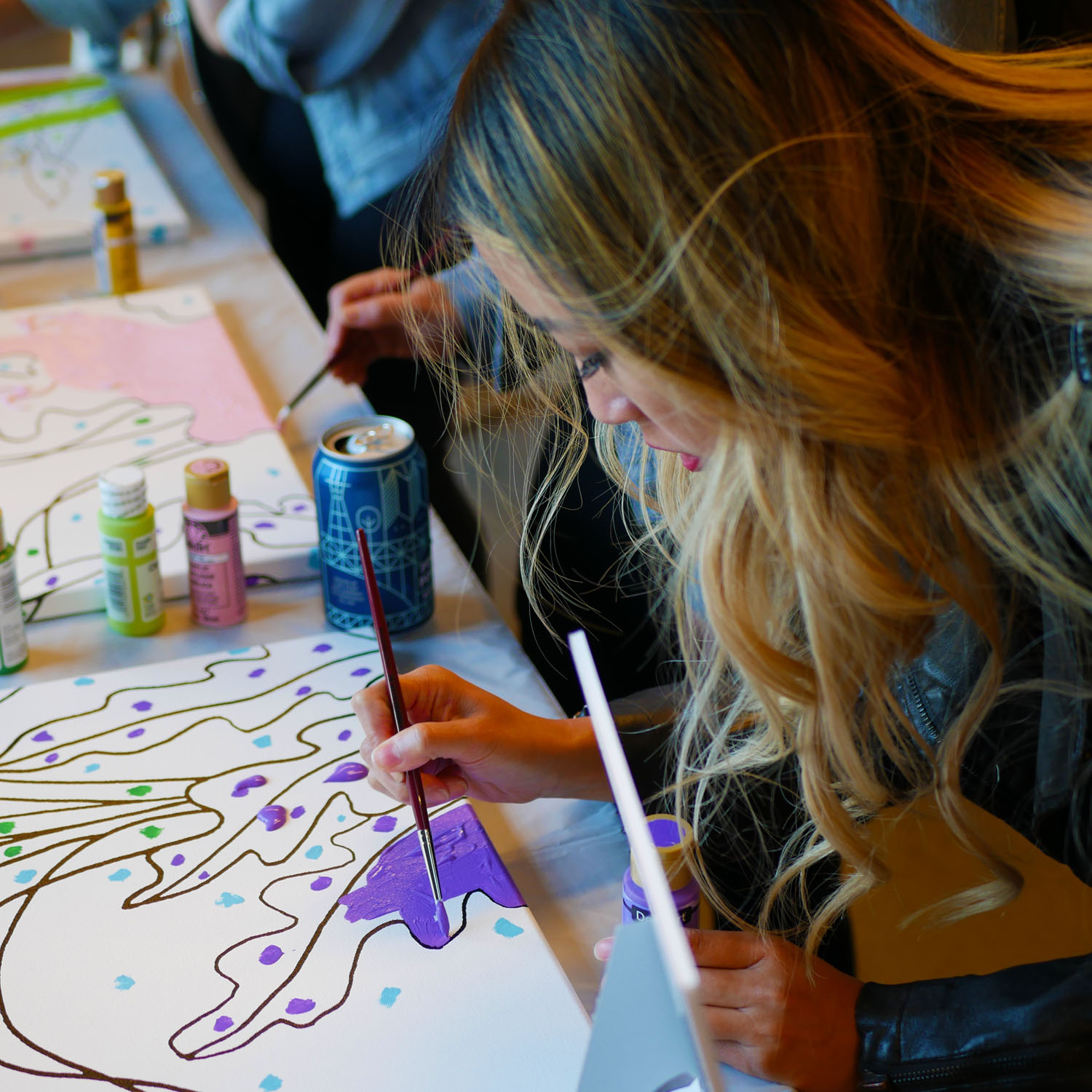From the moment your child is born, he or she will notice the subtleties in your behavior. That’s why incorporating mindfulness into your family’s life can provide long-term benefits such as improved focus, reduced stress, and better grades.
The Association for Children’s Mental Health reports that the most common brain disorder in children is Attention Deficit Hyperactivity Disorder (ADHD). Furthermore, according to The A.D.D. Resource Center, 6.4 million kids between the ages of four and 17 have problems concentrating, paying attention, staying organized, and remembering details. A recent study completed by Duke University, however, found that mindfulness is a promising intervention for kids with ADHD.
While mindfulness may sound challenging to incorporate into your children's lives, it can be as simple as letting a child know that you are noticing her feelings, or taking a stroll around the neighborhood together to hear all the different noises and sounds. Let's discuss how your child can begin to practice mindfulness at home, in school, and with friends.
At Home
The first step to integrating mindfulness into your child's life is to model good examples at home. Show your son or daughter how to treat others and manage stress appropriately.
According to the American Psychological Association, about 44% of children between the ages of eight and 17 experience headaches, sleeplessness, and stomach aches due to high stress. Researchers from John Hopkins Hospital and John Hopkins School of Medicine found that teaching mindfulness can successfully reduce stress levels in school-aged children.
Mindfulness for an infant can be as simple as making eye contact or staying in the present moment. As your infant turns into a toddler, there are more opportunities to integrate mindfulness strategies into his or her life. Start by turning off your cell phone and leaving it in a different room, or merely minimizing your daily usage.
According to a study published in Developmental Science, children are less likely to explore their environment and more likely to show distress while a mother is on a cell phone. In conjunction with minimizing your mobile usage, it’s also helpful to
Allow your child to see that you're thankful.
Spend time reading, coloring, and talking.
Act kindly during times of anger.
As your son or daughter continues to age, practicing mindfulness throughout the day is critical. Mindfulness shouldn’t be a consequence of a stressful or angry situation. When it is associated with negative moments, your child could begin to resent it. Conversely, if there’s consistent practice, mindfulness becomes a positive part of your child's daily life.
One of the most challenging times to incorporate mindfulness into your child’s life is during the teen years. Continuing to integrate mindfulness into your conversations and relationship sets a good precedence for your teenager. Accepting and forgiving the mistakes both you and your child make is a wonderful way to model mindfulness during the teen years. Moreover, doing things as a family, such as all sitting down to dinner, can reinforce being present in the moment. Meal times also offer an excellent time to create and share positive emotions.
During School
Growing up is full of highs and lows. Whether it’s showing gratitude for a great day or handling the stress of a teenage heartache, mindfulness can help your child make sense of these phases. The US National Library of Medicine found that after a 5-week mindfulness-based curriculum, teachers saw various improvements in their students, including:
Increased attention span
Increased care for and respect for others
Increased participation in activities
Increased self-control
As a side note, students aren’t the only ones feeling the pressure. In fact, Futurity recently reported that 93% of teachers are affected by job-related stress. To eliminate some of this stress, schools are starting to teach mindfulness to their students and staff.
By incorporating mindfulness into schools, your child's test scores can also improve. An article published in Sage Journals found that after only two weeks of a mindfulness curriculum, students’ working memory capacity and reading comprehension increased. In fact, their average G.R.E scores went up by 80 points!
Some of the schools that are utilizing mindfulness strategies are incorporating breathing techniques, listening exercises, and concentration activities into daily classroom routines. Moreover, while these classrooms have seen improvements in students’ academic performance, there is still a need for mindfulness practice in extracurricular activities.
In Athletics/Clubs
Playing a sport is about more than just physical ability; athletes need to develop mental strength and agility. When your child participates in athletics and clubs, their schedules are often full and their time to relax and unwind is limited.
There is a high rate of anxiety disorders among students who are balancing personal responsibilities, family commitments, academics, and athletics. In fact, NCAA research found that 85% of athletic trainers believe that anxiety disorders are a problem with student-athletes.
Students participating in sports and clubs can easily incorporate mindfulness into their daily lives with the help of parents and the school. Teaching mindfulness to your busy student-athlete may include teaching:
Meditation
Positive self-talk
Visualization
Participation in sports and clubs requires a combination of physical and mental agility. That’s why incorporating mindfulness strategies into “life” before, during, and after regularly scheduled practice improves performance. Recent research published in the American Psychological Association found that athletes who participated in a mindfulness curriculum significantly increased their mental construct, often or their ability to be “in the zone.”
With Friends
We’ve all seen groups of teenagers hanging out with their faces buried in their phones. It’s worthwhile to explain to your son or daughter why being mindful of his or her social media usage is essential to mental and physical health. As a parent, it’s important to teach your child how to interact with people in person and the fundamentals of friendship, such as:
Being present: Designating phone-free hangout times
Trying something new: Arranging a new activity or adventure
Practicing compassion and kindness: Listening to what friends have to say
No parent wants their child to be without any friends or to be made fun of by bullies. According to Mindful.org, a study on a school that incorporated a kindness curriculum for its students showed that students were able to demonstrate more empathy towards others while also being able to calm themselves when they were upset effectively. The aspects of mindfulness they were enforcing were:
Attention
Breath and Body
Caring
Depending on other people
Emotions
Forgiveness
Gratitude
Mindfulness Strategies
Your children learn from you, their school, their sports and clubs, and their friends. By incorporating mindfulness into several aspects of your son or daughter’s life, they will reap the benefits of the practice. If you would like to learn more about Mindfulness Strategies and the services we offer, click here to contact us today.




